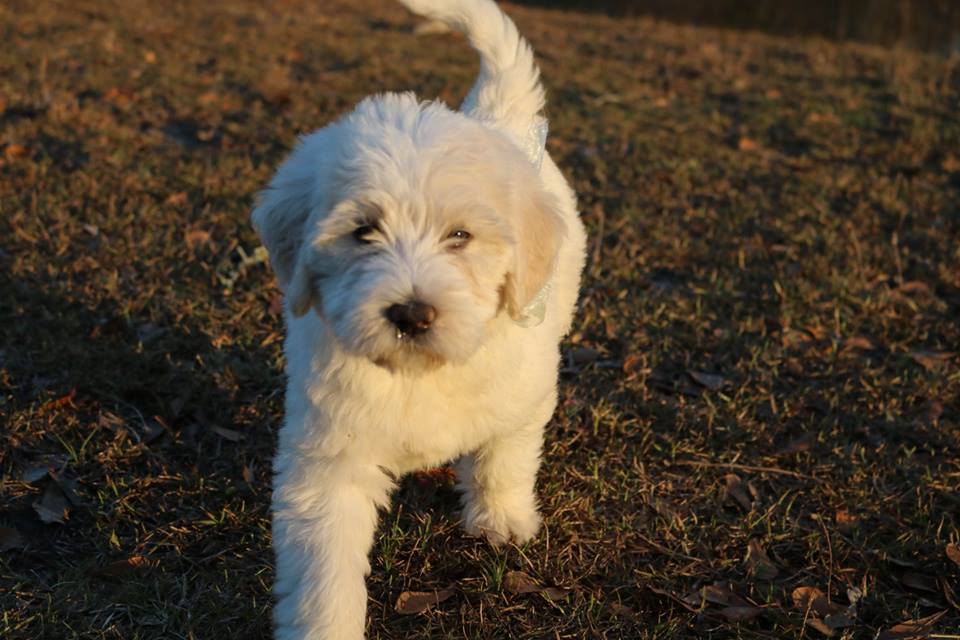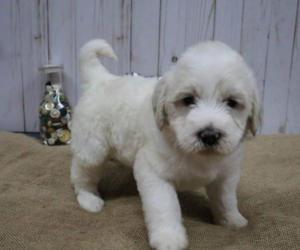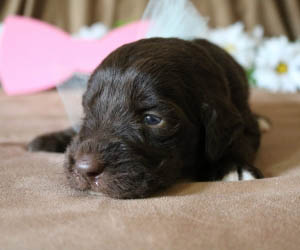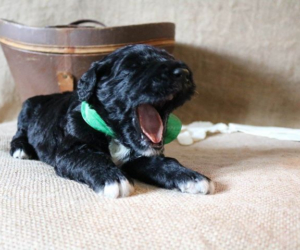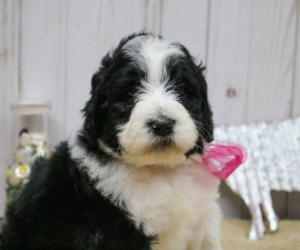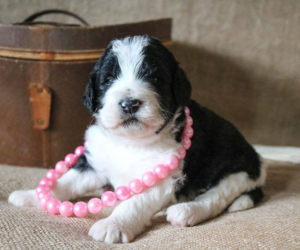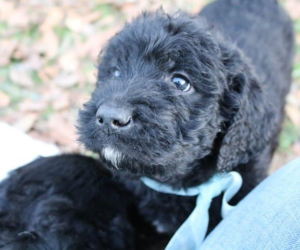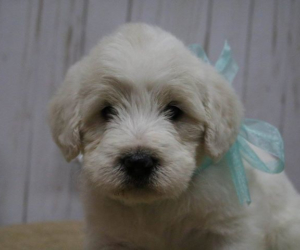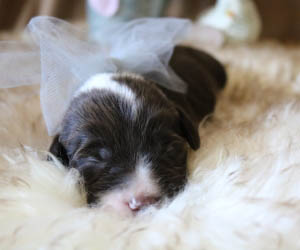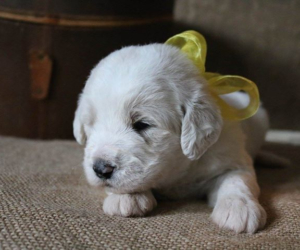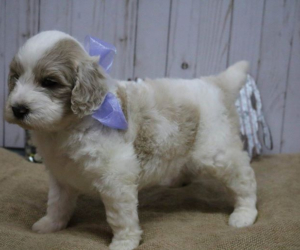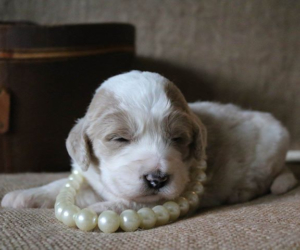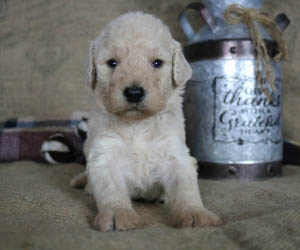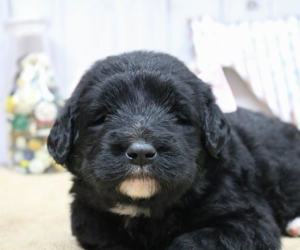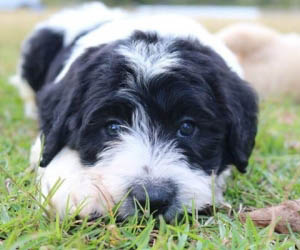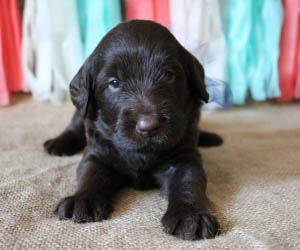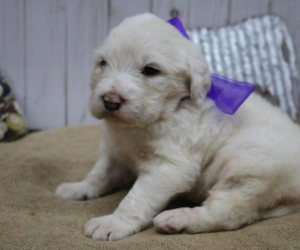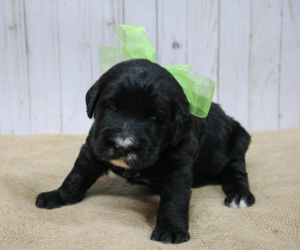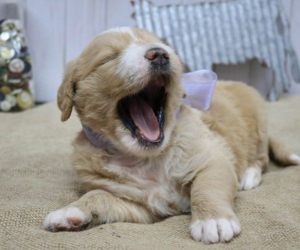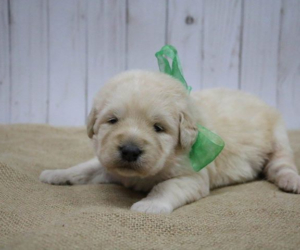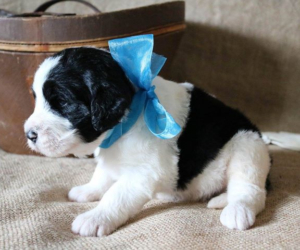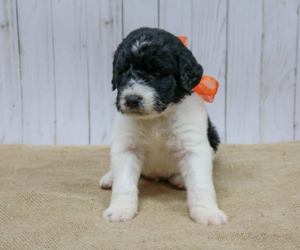Labradoodles are a joy to own. They are great with children and are easy to train. They get along well with other dogs and animals. They are extremely smart, sociable, and well tempered.
Australian Labradoodles
An Australian Labradoodle (ALD) is a combination of the Labrador Retriever, Poodle, and Cocker Spaniel (though some older lines may also include the Irish Water Spaniel and/or Curly Coat Retriever). The Australian Labradoodle originated in Australia (which is why the name includes Australian) in the 1980s and was intentionally bred for service and therapy work.
The Australian Labradoodle does NOT have any Australian Shepherd(Aussie) in the lines.
Standard: 21″ TO 24″ The “Ideal” size for a standard female is 21 to 23 inches and for a male 22 to 24 inches. The weight range tends to be 50 to 65 pounds.
Medium: 17″ TO 20″ The “Ideal” size for a medium female is 17 to 19 inches and for a male 19 to 20 inches. The weight range tends to be 30 to 40 pounds.
Miniature: 14″TO 16″ The “Ideal” size for a miniature is 14 to 16 inches with no correlation between height and sex of the miniature Australian Labradoodle. The weight range tends to be 16 to 25 pounds.
**Please note we give our best guess at size on our puppies based on previous litters and the lines of the dog.
Living Conditions & Exercise
Australian Labradoodles need moderate exercise and their coats are typically medium to high maintenance depending on how long you keep the coat. Wavy coats are less maintenance than a curly coat. They are social and love to be around people. They are suitable for a city or a farm.
Life Expectancy – The average lifespan is 12-15 years
Grooming – Multigenerational Australian Labradoodles are medium to high maintenance as far as keeping up with their coat. It continuously grows and requires regular grooming every 4-8 weeks. I recommend brushing at least every other day making sure to get down to the skin. If a matted dog is brought to the groomer it will get shaved bald so it is important to brush good and often. I will always show you how to properly brush before you take your puppy home.
Allergy Friendliness: While no dog is truly hypoallergenic the Australian Labradoodle is very allergy friendly. I have many puppies living in homes that have dog allergies.
Coat Types
































